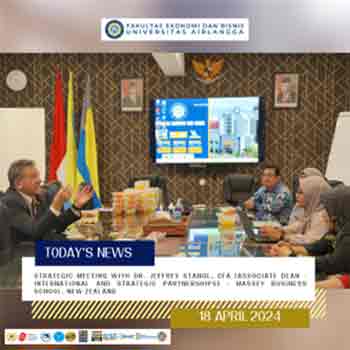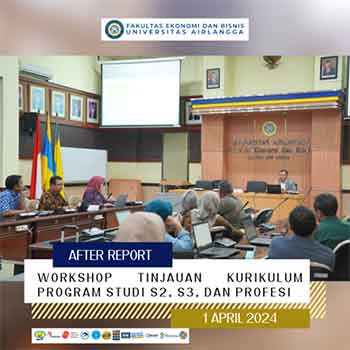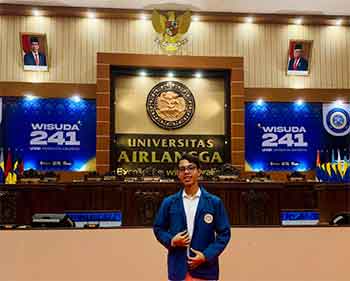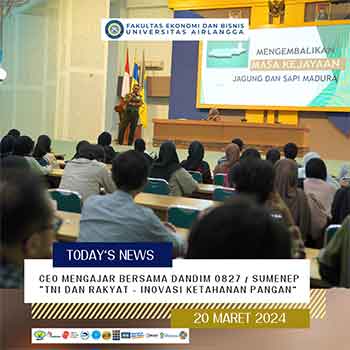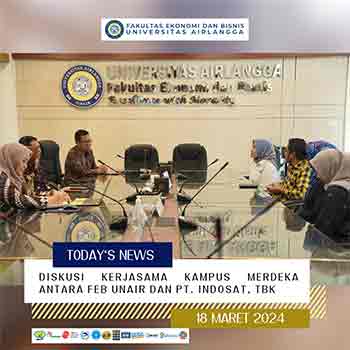THE INFLUENCE OF SECTORAL ECONOMIC ACTIVITIES ON INVESTMENT AND LABOR ABSORPTION AND DISTRIBUTION OF COMMUNITY INCOME IN BATAM CITY
Amount: THE INFLUENCE OF SECTORAL ECONOMIC ACTIVITIES ON INVESTMENT AND LABOR ABSORPTION AND DISTRIBUTION OF COMMUNITY INCOME IN BATAM CITY
Authors: ASMAN ABNUR
Item Type: Thesis
Memberships: Master of Management Study Program, Faculty of Economics and Business Universitas Airlangga Surabaya, Indonesia
Publisher: Airlangga University
Abstract
The sustainability of development in an area is strongly influenced by investment activities invested in the area concerned. To realize these investment activities, a region other than relying on the potential of existing capital internally must also seek capital inflows from outside for investment activities. The occurrence of capital inflows requires the attractiveness of investment in the economic sectors in the area concerned. In addition, it is hoped that the sectoral economic activities that develop are also able to generalize the capital surplus needed for further investment activities in the area concerned. are the industrial sector, the building sector and the transportation sector. While the financial sector and the trade sector did not significantly affect the investment activities carried out in Batam City. The influence of the industrial sector is given the dominance of this sector as an economic driver in Batam City. The results of this study are in line with the results of a study conducted by Bappeko Batam using LQ analysis and the Wilkinson Index, which shows the industrial sector is the most dominant base sector and is a specialization of the Batam City economy. As for the building sector and the transportation sector, although it has a significant effect on investment, but is negative which indicates a trade-off relationship between investment and these two sectors. For the construction sector, the negative nature of the relationship between the development of this sector and investment is thought to be due to the slow pace of this sector in providing returns or profits for investors. In addition, given the limited number of consumers in this sector, this has become a constraint in accelerating capital turnover in this sector. As for the transportation sector, the negative relationship between this sector and investment indicates that the development of this sector in Batam City is relatively not yet optimally integrated with other sectors. In the type of land transportation, the high and uncontrollable development in this sector can actually cause congestion problems, which will increase the social costs that must be borne by the regional economy and also cause a decrease in attractiveness. which is not significant to investment in Batam City. The insignificant influence of these two sectors is estimated to be due to the relatively large added value of the economy generated by Batam City which flies out, as well as the relatively high dependence of Batam City on capital supplies from outside Batam. In addition, the relatively low level of public saving compared to the growing investment needs, causing Batam City to be increasingly dependent on capital outside Batam. The results of this study also show that investment in Batam City has no significant effect on employment in Batam City. It is estimated that investment has no effect on labor absorption because investment activities carried out in Batam City in most economic sectors (such as industry, tourism, transportation and others) are capital intensive. The effect of employment on the formation of added value and income distribution is significant. This is understandable considering that an increase in labor absorption means an increase in regional aggregate income which will then increase the formation of added value within the region concerned.
Keywords: Balanced Growth is better than Balanced Development
sources: http://repository.unair.ac.id/35465/






